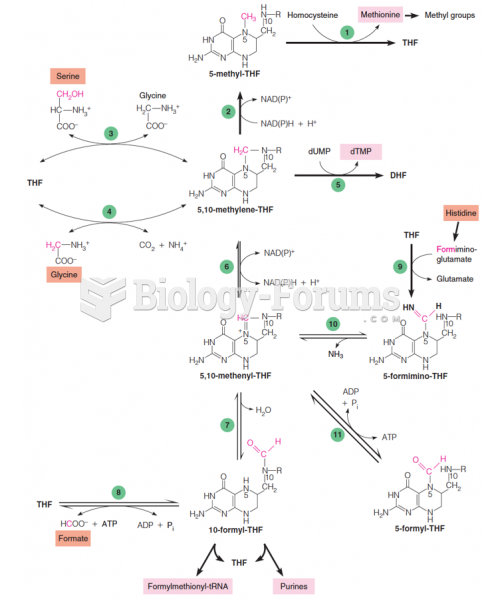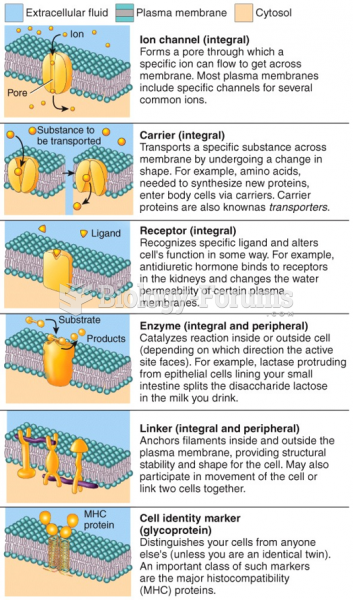This topic contains a solution. Click here to go to the answer
|
|
|
Did you know?
Drying your hands with a paper towel will reduce the bacterial count on your hands by 45–60%.
Did you know?
Atropine was named after the Greek goddess Atropos, the oldest and ugliest of the three sisters known as the Fates, who controlled the destiny of men.
Did you know?
The average human gut is home to perhaps 500 to 1,000 different species of bacteria.
Did you know?
In 1835 it was discovered that a disease of silkworms known as muscardine could be transferred from one silkworm to another, and was caused by a fungus.
Did you know?
In women, pharmacodynamic differences include increased sensitivity to (and increased effectiveness of) beta-blockers, opioids, selective serotonin reuptake inhibitors, and typical antipsychotics.
 The Peary caribou is a relatively small and pale subspecies found in the tundra of far northern Nort
The Peary caribou is a relatively small and pale subspecies found in the tundra of far northern Nort
 This iron bird feeder is advertised as being “squirrel-proof and bear-resistantââ
This iron bird feeder is advertised as being “squirrel-proof and bear-resistantââ





